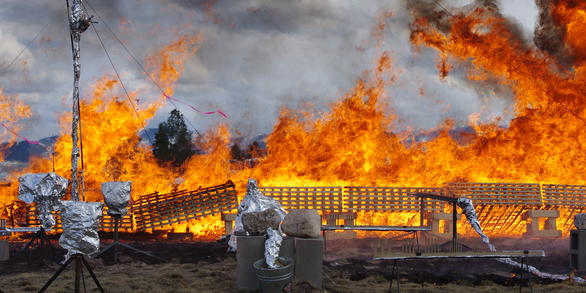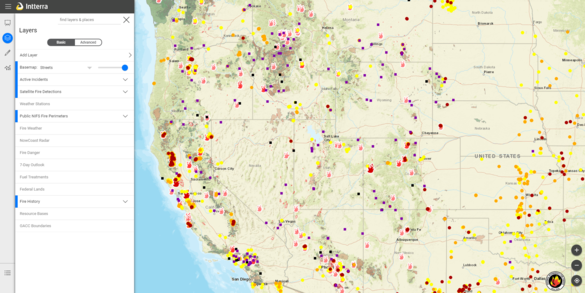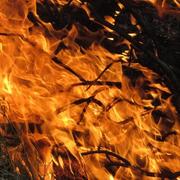Wildland Fire Science
Home
USGS Fire Science is fundamental to understanding the causes, consequences, and benefits of wildfire and helps prevent and manage larger, catastrophic events. USGS scientists possess diverse technical capabilities that are used to address a variety of problems posed by wildland fires. Outcomes of USGS science can be used by fire and land managers to respond to fire-related issues when they arise.
Diverse Fire Science Topics
Learn more about the different ways that USGS science is used for wildland fire management.
Learn MoreBrowse USGS Fire Science Publications
Get more information about recent scientific publications produced by USGS that deal with wildland fire science.
ViewCurrent Wildfire Hazards in the U.S.
Use the Intterra National Fire Situation map tool to view current wildfires and related information.
ViewNews
Research Spotlight: New Models Demonstrate the Role of Climate and Seed Production in Post-fire Forest Regeneration
A new publication from USGS scientists and collaborators assessed how post-fire climate and seed production influence conifer regeneration following severe wildfire. The results allow researchers and managers to predict where forests will recover from future fires and where management action may be appropriate.
Fire Science Critical for Combating Wildfires Out West
Visit our USGS Wildland Fire Science webpage to learn how USGS science is making a difference.
Emeritus & Distinguished Alumni Profile: Jan van Wagtendonk
Jan van Wagtendonk’s nearly 40-year career as a federal scientist has shaped fire and recreation management in the iconic Yosemite National Park.
Publications
Bioclimatic modeling of potential vegetation types as an alternative to species distribution models for projecting plant species shifts under changing climates
Land managers need new tools for planning novel futures due to climate change. Species distribution modeling (SDM) has been used extensively to predict future distributions of species under different climates, but their map products are often too coarse for fine-scale operational use. In this study we developed a flexible, efficient, and robust...
Keane, Robert; Holsinger, Lisa M.; Loehman, Rachel A.Management of remnant tallgrass prairie by grazing or fire: Effects on plant communities and soil properties
Tallgrass prairie is a disturbance‐dependent ecosystem that has suffered steep declines in the midwestern United States. The necessity of disturbance, typically fire or grazing, presents challenges to managers who must apply them on increasingly small and fragmented parcels. The goal of this study was to compare effects of management using cattle...
Larson, Diane L.; Hernández, Daniel L.; Larson, Jennifer L.; Leone, Julia B.; Pennarola, Nora P.Landslides after wildfire: Initiation, magnitude, and mobility
In the semiarid Southwestern USA, wildfires are commonly followed by runoff-generated debris flows because wildfires remove vegetation and ground cover, which reduces soil infiltration capacity and increases soil erodibility. At a study site in Southern California, we initially observed runoff-generated debris flows in the first year following...
Rengers, Francis K.; McGuire, Luke; Oakley, Nina S.; Kean, Jason W.; Staley, Dennis M.; Tang, Hui







